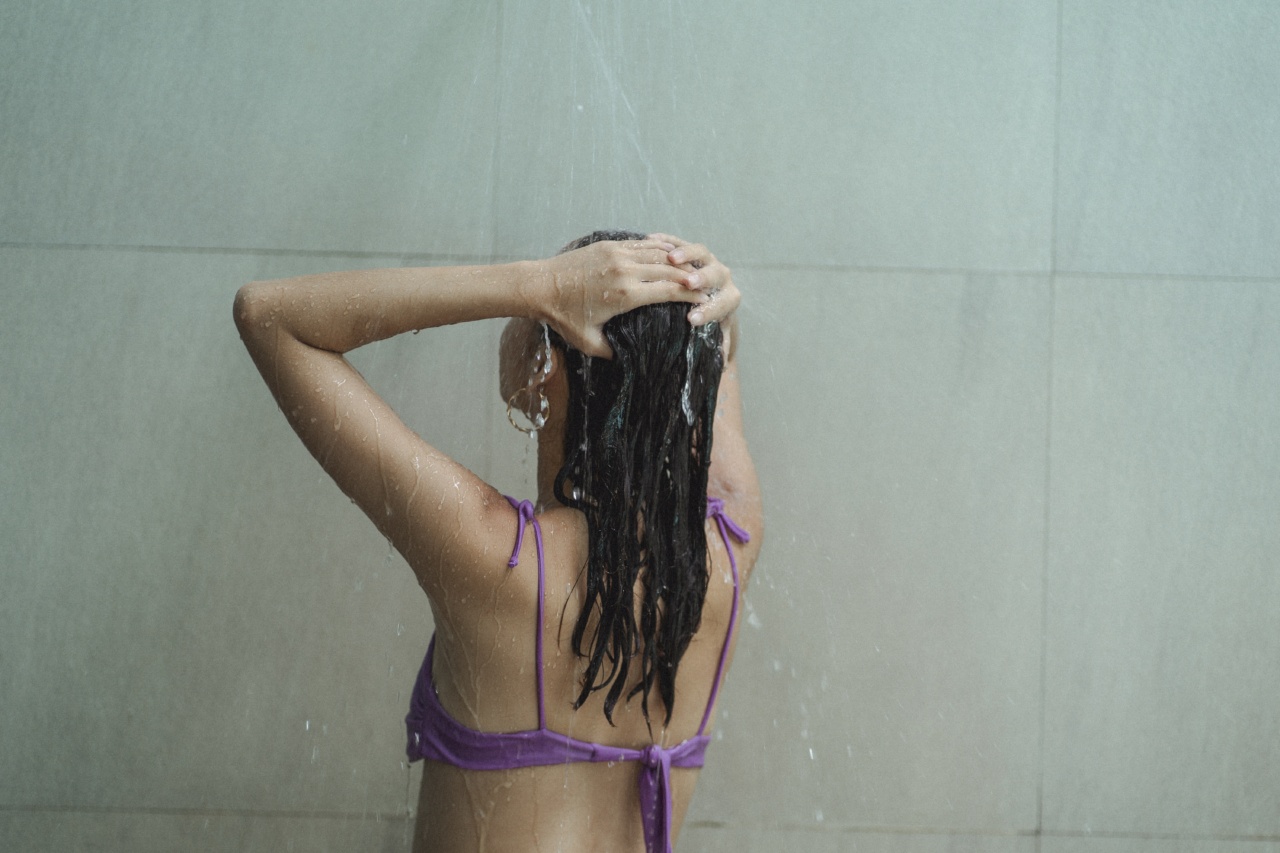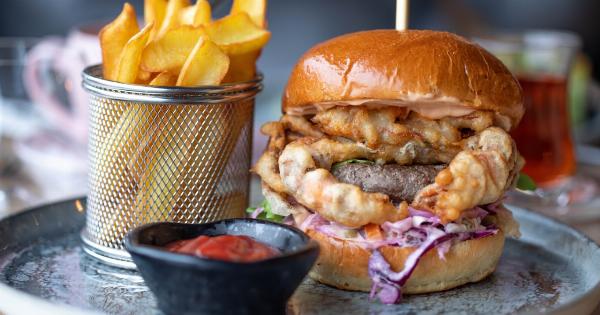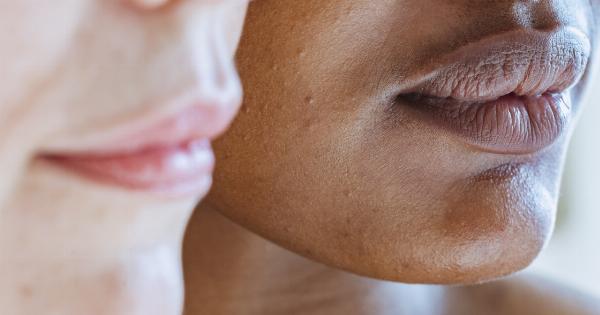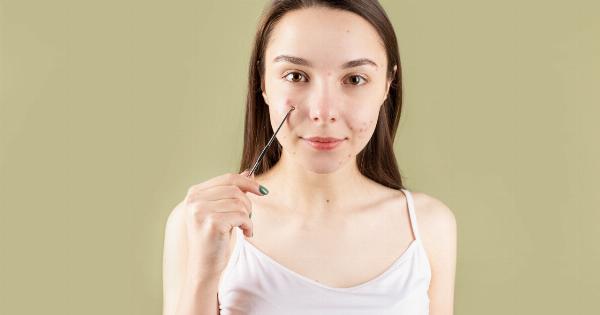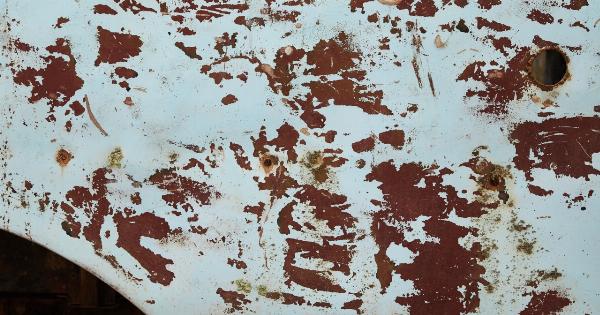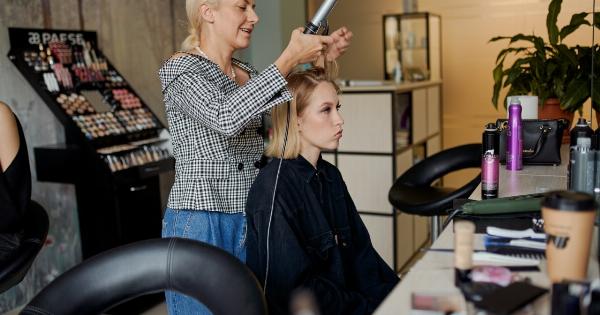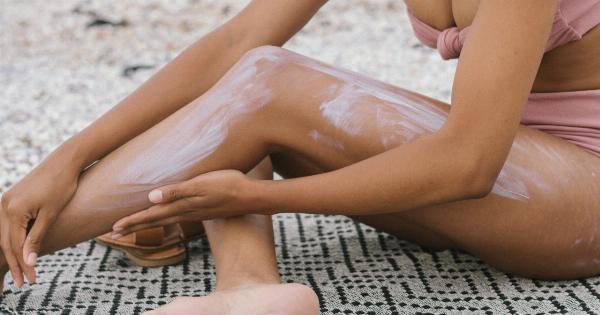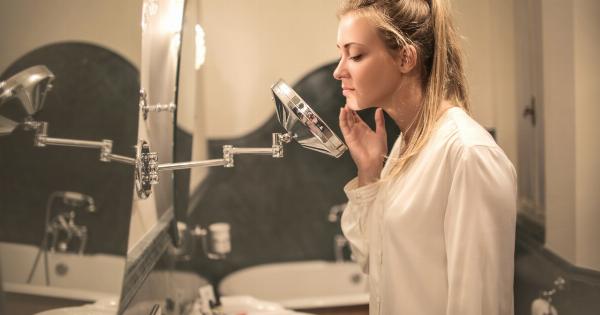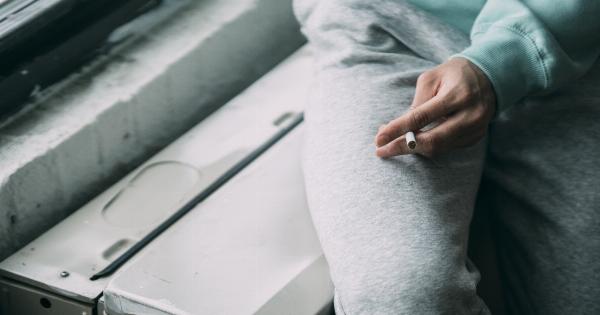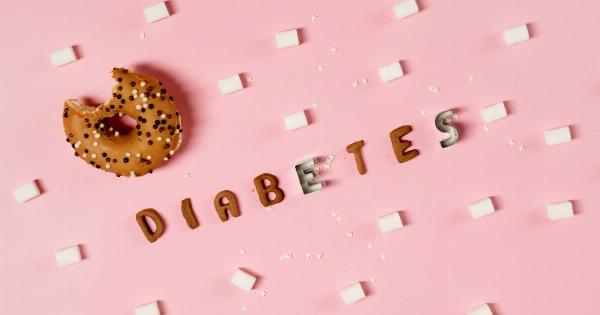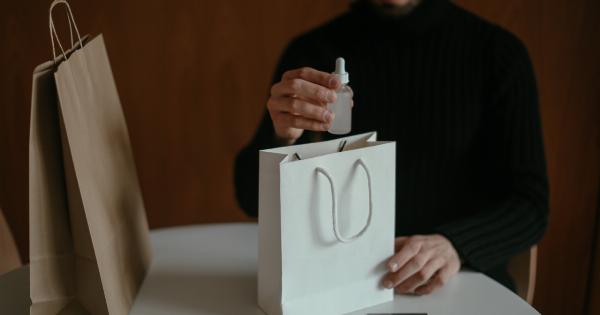Having back pimples can be a bothersome and sometimes embarrassing problem to deal with. While there can be various factors contributing to the occurrence of these pesky breakouts, one often overlooked factor is your haircare routine.
Yes, you read that right! Your haircare routine might actually be playing a role in the development of those unwanted pimples on your back. In this article, we will explore the possible connections between your hair products, hair care practices, and the presence of back pimples.
The Science Behind Back Pimples
Before we delve into the relationship between your haircare routine and back pimples, it’s important to understand why these pimples occur in the first place.
Back pimples, also known as bacne, are a type of acne that typically affects the back, shoulders, and upper arms. They arise due to a combination of factors such as excess oil production, dead skin cells, and clogged pores.
The sebaceous glands in your skin produce sebum, an oily substance that helps moisturize and protect your skin.
However, when there is an overproduction of sebum, it can mix with dead skin cells and block the hair follicles, leading to the development of acne. The presence of acne-causing bacteria, such as Propionibacterium acnes, can further exacerbate the problem, causing inflammation and redness.
Effects of Hair Products on Your Skin
Haircare products, such as shampoos, conditioners, and styling products, often contain a variety of ingredients that can potentially irritate or clog the skin.
When you rinse your hair, these products can come into contact with your back and shoulders, leading to the development of back pimples. The impact of hair products on your skin depends on the specific ingredients they contain.
1. Silicones and Petroleum-Based Ingredients
Silicones and petroleum-based ingredients are commonly found in haircare products due to their ability to create a smooth and shiny appearance on the hair.
However, these ingredients can also create a barrier on the skin, blocking the pores and leading to acne breakouts. If these products come into contact with your back, they can contribute to the formation of back pimples.
2. Fragrances and Irritants
Many haircare products contain fragrances and other irritants that can cause allergies or skin irritations. When these irritants come into contact with your skin, they can trigger an inflammatory response, leading to the development of pimples.
If you notice a correlation between using certain hair products and the appearance of back pimples, it’s important to check the ingredient list for potential allergens or irritants.
3. Heavy Oils and Conditioners
Some hair products, especially oils and heavy conditioners, can be too rich for certain skin types. If you have oily or acne-prone skin, using these types of products can clog your pores and contribute to the occurrence of back pimples.
Opting for lighter, oil-free hair products may help reduce the likelihood of developing acne on your back.
Haircare Practices and Back Pimples
Aside from the ingredients in your haircare products, certain haircare practices can also contribute to the formation of back pimples. Let’s take a look at some common practices that may be exacerbating your acne woes:.
1. Not Rinsing Thoroughly
When you wash your hair in the shower, it’s important to ensure that all the product residues are thoroughly rinsed off your hair and body.
Failing to do so can leave behind traces of hair products on your skin, potentially leading to clogged pores and the development of back pimples. Pay extra attention to rinsing your back and shoulders to prevent this issue.
2. Allowing Your Hair to Rest on Your Back
If you have long hair or frequently wear hairstyles that involve your hair resting on your back, this can contribute to back pimples.
The oils, dirt, and bacteria present on your hair can transfer onto your back, clogging your pores and causing breakouts. Consider tying your hair up or away from your back to minimize the contact and reduce the risk of acne formation.
3. Using Dirty Hair Tools
Dirty hair tools, such as brushes, combs, and hair ties, can harbor bacteria and dirt that can transfer onto your skin. When you use these tools, the bacteria can come into contact with your back, potentially leading to acne breakouts.
It’s essential to regularly clean and sanitize your hair tools to maintain good overall hygiene and prevent the spread of bacteria.
Tips to Minimize Back Pimples
Now that you have a better understanding of the relationship between your haircare routine and back pimples, here are some tips to help you minimize their occurrence:.
1. Choose Hair Products Wisely
Opt for haircare products that are labeled as “non-comedogenic” or “oil-free.” These products are specifically formulated to minimize the likelihood of clogging pores and causing acne breakouts.
Additionally, avoid products that contain heavy oils, silicones, or fragrance, as they can aggravate your back pimples.
2. Cleanse Your Back Properly
When you shower, pay extra attention to cleansing your back and shoulders. Use a gentle cleanser formulated for acne-prone skin to remove any residual hair products, as well as excess oil and dirt.
Be careful not to scrub too harshly, as this can further irritate your skin.
3. Avoid Synthetic Fabrics
Synthetic fabrics, such as polyester or nylon, can trap heat and moisture against your skin, potentially aggravating back pimples.
Opt for breathable fabrics like cotton or linen, as they allow better airflow and help prevent sweat from getting trapped, reducing the chances of acne formation.
4. Practice Good Hair Tool Hygiene
Regularly clean your brushes, combs, and other hair tools to remove any accumulated dirt, oils, or bacteria. This will help prevent the transfer of these impurities onto your back and minimize the risk of developing back pimples.
5. Avoid Heavy Hair Products
If you frequently use styling products, try to limit their use or opt for lightweight alternatives. Heavy hair products like gels, waxes, or hairsprays can contribute to the clogging of pores on your back, leading to the formation of pimples.
6. Regular Exfoliation
Exfoliating your skin once or twice a week can help remove dead skin cells and unclog your pores. However, be gentle with your back as vigorous scrubbing can cause skin irritation and make your pimples worse.
Look for exfoliating products that contain salicylic acid, a chemical exfoliant known for its acne-fighting properties.
The Bottom Line: Take Care of Your Hair and Skin
While your haircare routine might indeed contribute to back pimples, it’s important to remember that individual factors can vary. What might work for one person may not work for another.
Experiment with different products and practices to find what works best for you. If your back pimples persist or worsen, it is recommended to consult a dermatologist for personalized advice and treatment options.
